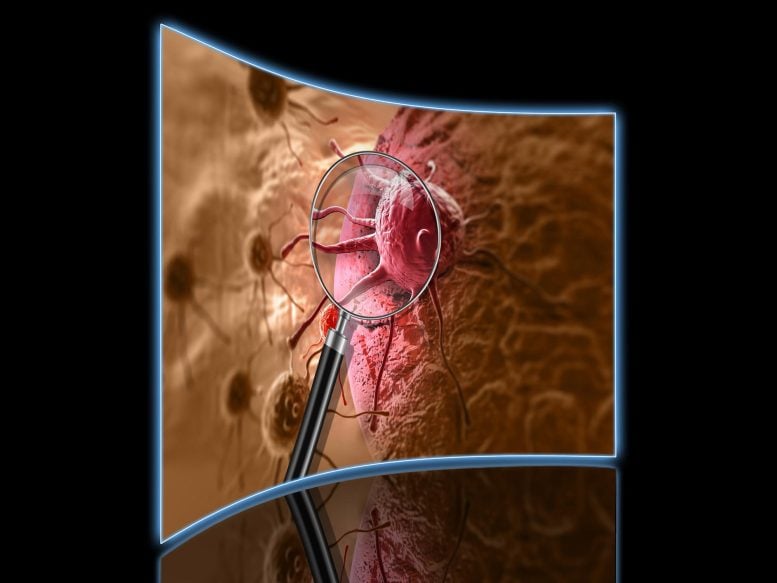
The researchers were able to reduce the growth of MYCN-amplified tumors.
A new study identifies an Achilles’ heel in neuroblastoma.
15% of children who die from cancer are victims of neuroblastoma, a childhood cancer that arises from neural cells on the adrenal glands. Nearly 50% of kids with high-risk neuroblastoma have additional copies of the MYCN (MYCN amplified) gene, which is the main driver of neuroblastoma and its resistance to treatment.
“Treating neuroblastoma by directly targeting MYCN has been challenging,” said Dr. Eveline Barbieri, corresponding author of a recent study published in Nature Communications and assistant professor of pediatrics – hematology and oncology at Baylor College of Medicine and Texas Children’s Hospital. “In this study, we investigated new strategies to improve the survival of children with MYCN amplified neuroblastoma by looking into metabolic vulnerabilities that we could exploit to overturn these tumors’ resistance to therapy.”
Barbieri and her colleagues compared the metabolic profiles of MYCN-amplified neuroblastomas to the profiles of non-MYCN-amplified neuroblastomas using an unbiased, metabolomics analysis. Their novel methodology revealed important differences between the two tumor groups in the way tumor cells used certain nutrients to fuel tumor development.
“We found that MYCN amplification rewires a tumor’s lipid metabolism in a way that promotes the use and biosynthesis of fatty acids, a type of lipid cells can use as a source of energy,” Barbieri said. “Cells with extra copies of MYCN depend highly on fatty acids for their survival. We confirmed this both in MYCN-amplified cell lines and in MYCN- amplified patient tumor samples.”
Barbieri and her colleagues proposed that MYCN reroutes lipid metabolism to make fatty acids easily accessible to cancer cells, encouraging the growth of tumor cells.
Looking into the mechanism
“When we investigated what prompted MYCN-amplified neuroblastomas to rely on fatty acids to grow, we discovered that MYCN directly upregulates or enhances the production of fatty acid transport protein 2 (FATP2), a molecule that mediates cellular uptake of fatty acids,” Barbieri said. “We then asked, what would happen if we interfered with FATP2 function in MYCN-amplified neuroblastomas?”
When the researchers neutralized FATP2 activity, either by knocking down the gene or by blocking FATP2 action with a small-molecule inhibitor, they reduced the growth of MYCN-amplified tumors.
“We observed that when we blocked the import of fatty acids into the cancer cells, there was a reduction in tumor cell growth,” Barbieri said. “The interesting part is that inhibiting or blocking FATP2 had no effect on normal cells or tumors without MYCN-amplification. This seems to be a selective metabolic vulnerability of MYCN-amplified tumors. They uniquely use this transporter to feed on fatty acids to grow.”
There are other MYCN-amplified pediatric and adult tumors.
“This approach may be applicable to many human cancers that utilize MYC for oncogenesis (about 50% of cancers overall) and provide new insight into the regulation of energy metabolism in cancer progression,” Barbieri said.
These findings suggest that therapeutic interventions that interfere with FATP2 activity can potentially selectively block fatty acid uptake in MYCN-amplified tumors, stopping or reducing tumor growth and making them more sensitive to conventional chemotherapy.
“More work is needed before this approach can be employed in the clinical setting,” Barbieri said. “But this study suggests that strategies to interfere with a tumor’s nutritional dependence on fatty acids is a promising therapeutic strategy worthy of further investigation.”
Reference: “MYCN-driven fatty acid uptake is a metabolic vulnerability in neuroblastoma” by Ling Tao, Mahmoud A. Mohammad, Giorgio Milazzo, Myrthala Moreno-Smith, Tajhal D. Patel, Barry Zorman, Andrew Badachhape, Blanca E. Hernandez, Amber B. Wolf, Zihua Zeng, Jennifer H. Foster, Sara Aloisi, Pavel Sumazin, Youli Zu, John Hicks, Ketan B. Ghaghada, Nagireddy Putluri, Giovanni Perini, Cristian Coarfa and Eveline Barbieri, 28 June 2022, Nature Communications.
DOI: 10.1038/s41467-022-31331-2
The study was funded by the Kate Amato Foundation and the Department of Defense.


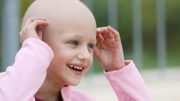
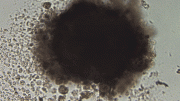

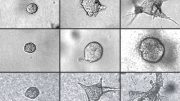
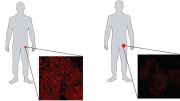
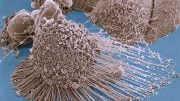
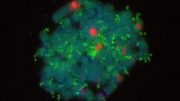
Be the first to comment on "Researchers Discover a Key Weak Spot in a Deadly Childhood Cancer"